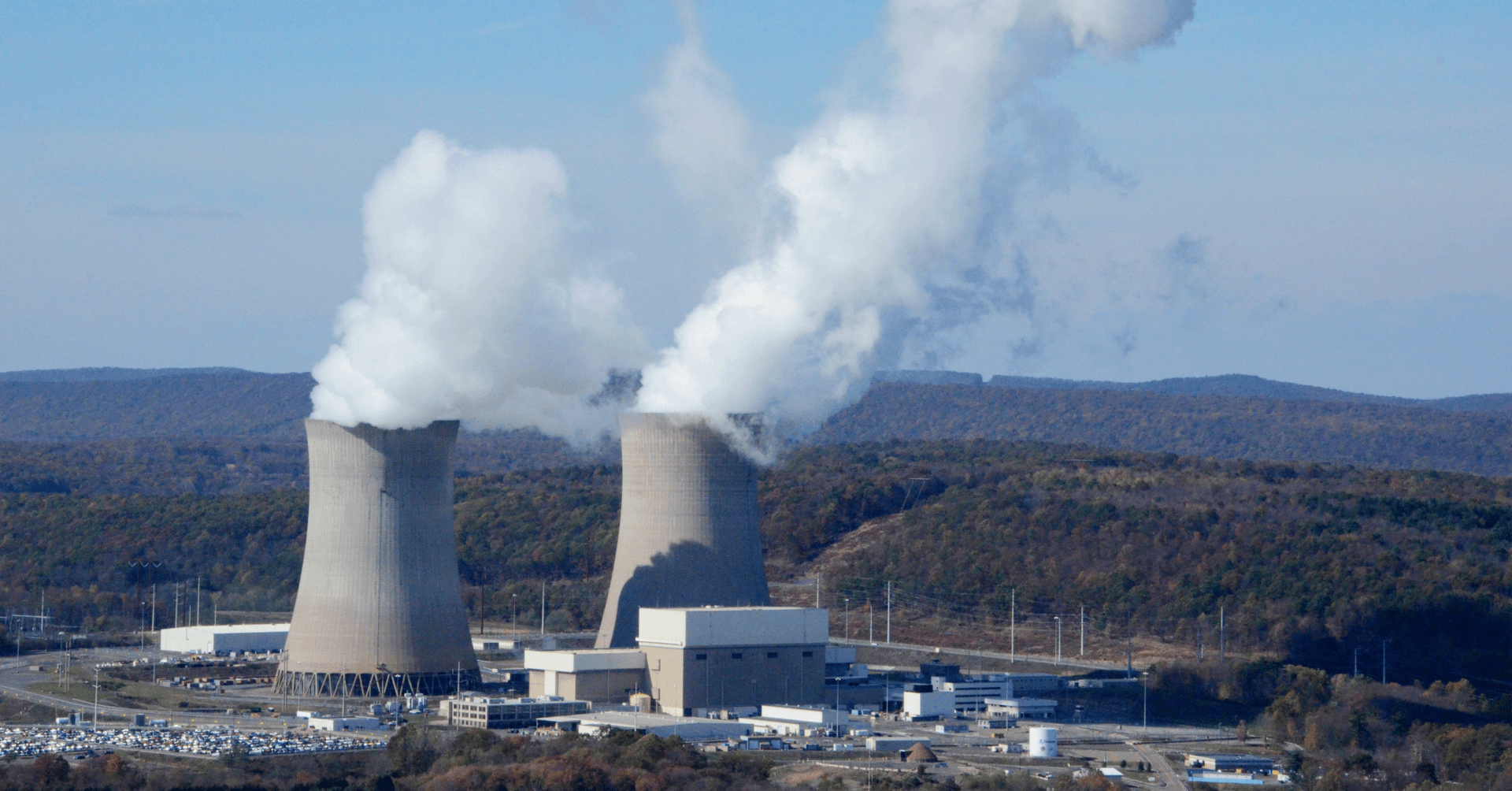Energy
Early Design Work to Begin on Versatile Test Reactor After DOE Approval

The national laboratories will be moving forward with development of a conceptual design for a versatile test reactor, after the Energy Department determined there is a need for a research reactor in the United States with fast-spectrum irradiation capabilities to help test advanced nuclear fuels, sensors and other equipment.
The next step on the versatile test reactor is to come up with a design that shows “how it meets that need and the mission,” said Kemal Pasamehmetoglu, executive director of the versatile test reactor program at Idaho National Laboratory, on Thursday.
Pasamehmetoglu said that the workload will increase on the project now, with increased collaborations with other national laboratories, universities and industry.
David Blee, president and chief executive of the U.S. Nuclear Industry Council, said Thursday that the move is “vitally important to the next wave of advanced nuclear,” especially for the developers working on advanced materials and other attributes.
Energy Secretary Rick Perry announced the start of the research reactor project at a press conference at the Energy Department on Thursday morning -- an endeavor he said would allow for tests of advanced technology and materials “within the United States in a safe and efficient and a timely way.”
Currently, Russia is the only country with the fast-spectrum test capabilities that a U.S. versatile test reactor would provide.
Activities now turn toward approval of Critical Decision-1, or what translates to roughly 30 percent of a complete design for the facility, Pasamehmetoglu said.
Approval of CD-1, which is expected by or before October 2020, will mark the Energy Department’s completion of a preliminary cost estimate for a preferred project alternative, selected among multiple alternatives to be analyzed. If the conceptual design were approved, the project would next move along into a more detailed preliminary design phase.
GE-Hitachi Nuclear Energy Inc. received a subcontract from the Idaho National Laboratory in 2018 to help with the conceptual design and cost estimation. Under the agreement, the company will adapt its existing sodium-cooled nuclear reactor into a test reactor, called PRISM, to be able to run as a research reactor instead of a power reactor.
A spokesman for GE-Hitachi said by email that they have no further comment outside of their press release issued upon the announcement in November.
The target date for finishing the entire versatile test reactor, if it keeps moving forward, is planned for 2026.
Jacqueline Toth previously worked at Morning Consult as a reporter covering energy and climate change.